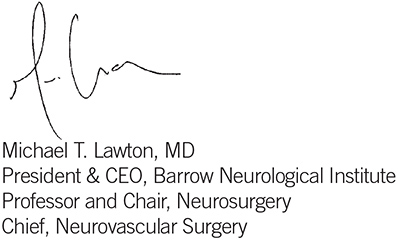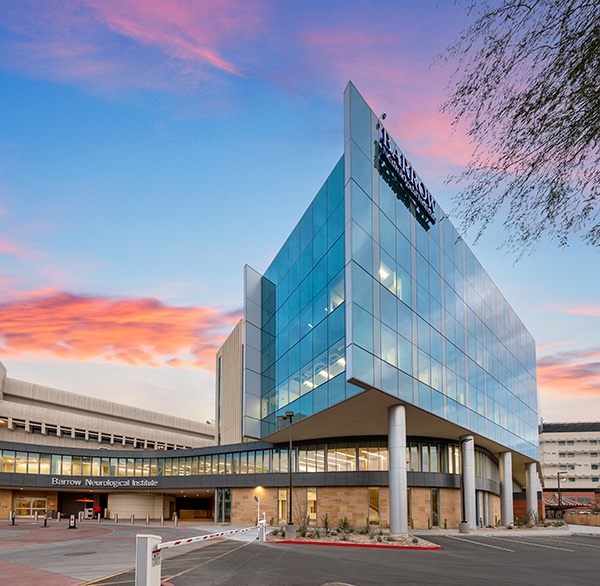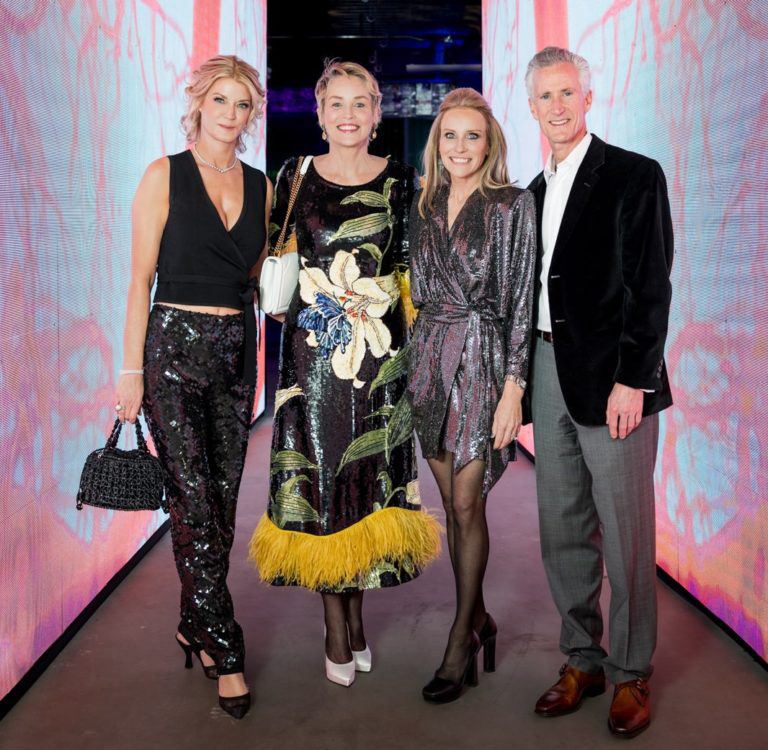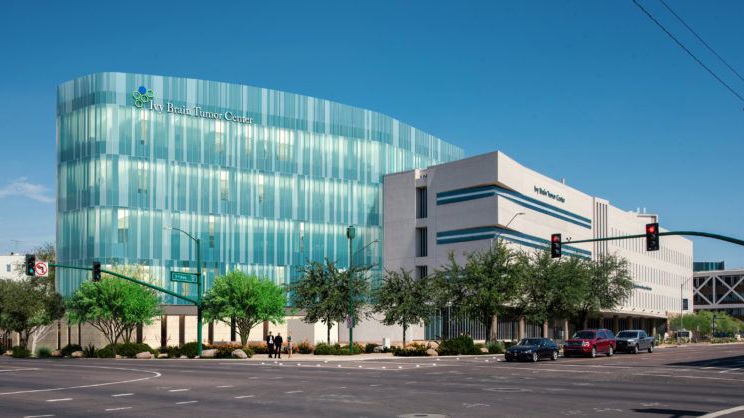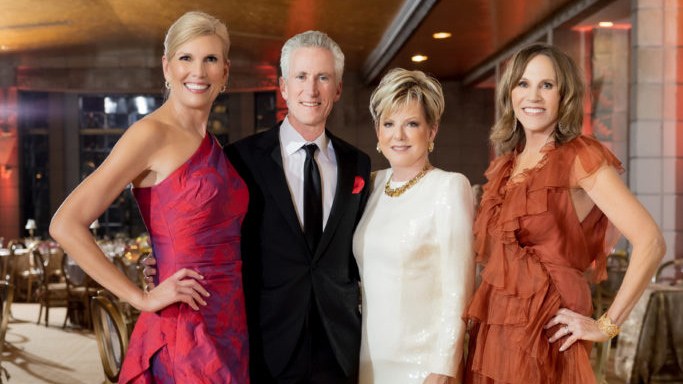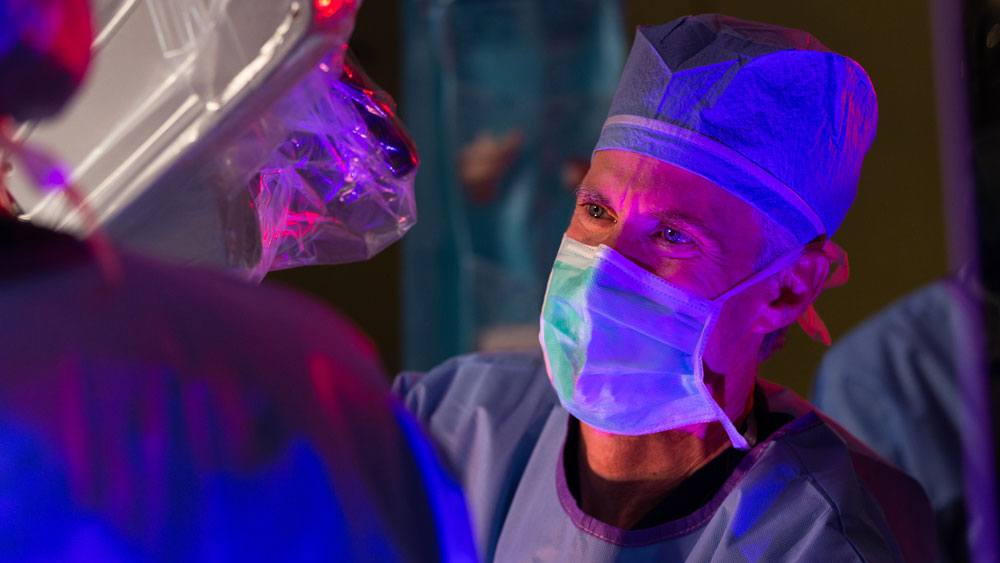
State of Mind: A Special Letter From the President and CEO
For many of us, a new year is a time for reflections and resolutions. As President and CEO of Barrow Neurological Institute, I’ve been thinking about my first five years at the helm and where we’re going.
Barrow opened in 1962 under the leadership of Dr. John Green. As a unique institution developed from the ground up, our origin story, Barrow 1.0, is an example of “build it, and they will come.” When Dr. Robert Spetzler took the helm, he emphasized excellence. “Be the best, and they will come” defined the Barrow 2.0 era.
When I arrived at Barrow more than five years ago, I saw an opportunity to expand on Dr. Spetzler’s vision. Barrow 3.0 would be about solidifying Barrow as the household name for the neurosciences. In other words, “Be the best, and lead them here.”
From new buildings to developments in translational research to record-breaking fundraising efforts, our milestones over the past year have supported this 3.0 mission. In 2022, we welcomed our patients with a brand-new grand entrance in the form of the Neuroplex. This 122,000-square-foot, state-of-the-art building has centralized many of our services, including neurosurgery, neuro-oncology, neuroendocrinology, and stroke care. “Neuro Night,” our star-studded celebration of the Neuroplex hosted by Barrow Neurological Foundation, brought in $4.3 million for patient care, research, and education at the Institute. We broke ground on another new building: the future home of the Ivy Brain Tumor Center. The Ivy Center is the world’s largest translational research center dedicated solely to brain tumor drug development and treatment. The 75,000-square-foot building, projected to open this year, will expand the Ivy Center’s laboratory facilities, office space, and clinical trials infrastructure. This project is one of many exciting developments in translational research at our institution.
Over the past year, our neuroimaging scientists have demonstrated how the unique collaborations and resources available at Barrow can cultivate game-changing research. Their ongoing projects include furthering our understanding of remyelination to improve multiple sclerosis treatments, unraveling how Parkinson’s disease alters brain networks, and developing an objective method to diagnose and monitor the recovery of peripheral nerve injuries.
Our neurodegeneration scientists and physicians are working to elucidate the cellular and molecular mechanisms of diseases like amyotrophic lateral sclerosis (ALS) and frontotemporal dementia. This research is crucial to understanding how these diseases develop and discovering where we can intervene therapeutically. Their leadership earned them positions on a special National Institutes of Health team, where they are helping to guide the direction of ALS research nationwide. In the search to understand why people get neurodegenerative diseases, our new Chair of Neurology, Dr. Brad Racette, has brought his innovative neuroepidemiology research to the Institute. His lab focuses on environmental risk factors—employing field-based epidemiology, advanced neuroimaging, and administrative data studies across three continents.
In the Barrow Aneurysm and AVM Research Center, we’re developing a medication-based approach to prevent aneurysm rupture by targeting cell senescence. This cessation in cell division related to aging results in the secretion of inflammatory proteins, a process that has been implicated in aneurysm bleeds.
These are just some of the cutting-edge translational research studies happening at Barrow, and they wouldn’t be possible without the generous contributions of our donors. Over the past fiscal year, our 3,776 donors raised and pledged $42 million. The Women’s Board of the Barrow Neurological Foundation raised a record-breaking $10.4 million for the Institute with their annual Grand Ball.
Ultimately, every success at Barrow is a win for our patients. From a bakery owner who is back on his feet after a rare blood vessel abnormality caused him progressive walking difficulties to a deaf man who regained his ability to communicate with sign language after injuring his brain and spine in a car accident, our patients shared remarkable stories of recovery in 2022. They reminded us of why we “accept challenges, reject norms, and push boundaries” of neuroscience.
As the first five years of Barrow 3.0 end and we imagine the next five years, I believe it’s time to focus on the next frontier—the mind. The mind is what makes us who we are. It carries our memories, hopes, and dreams. It allows us to think, move, and feel.
Our business of saving lives often diverts our attention to processes that disrupt or invade the brain, whether a brain tumor, an aneurysm, or stroke. Although we may be in close contact with the brain, we often miss opportunities to learn how it functions as the mind. This is that next frontier—to explore the mysteries of the mind through our unique access to neurological patients. To accomplish this, we’ll collaborate across institutions but also harness the breadth of expertise on our own campus—enlisting our neuropsychologists to better understand human emotion and our neuroradiologists to delve into intelligence. We’ll also employ next-generation technologies, from brain-computer interfaces to neurorobotics.
I refer to this mission as Barrow 3.5. Five years into my journey as Barrow’s leader, this mission will inform our strategies moving forward. The brain holds many mysteries. It’s time to go beyond working around the brain and start exploring how it’s functioning as the mind. I am grateful you have been part of our journey thus far, and I hope you’ll embrace this quest to open the mind as we continue to save lives.
Here’s to exploring the next frontier…
